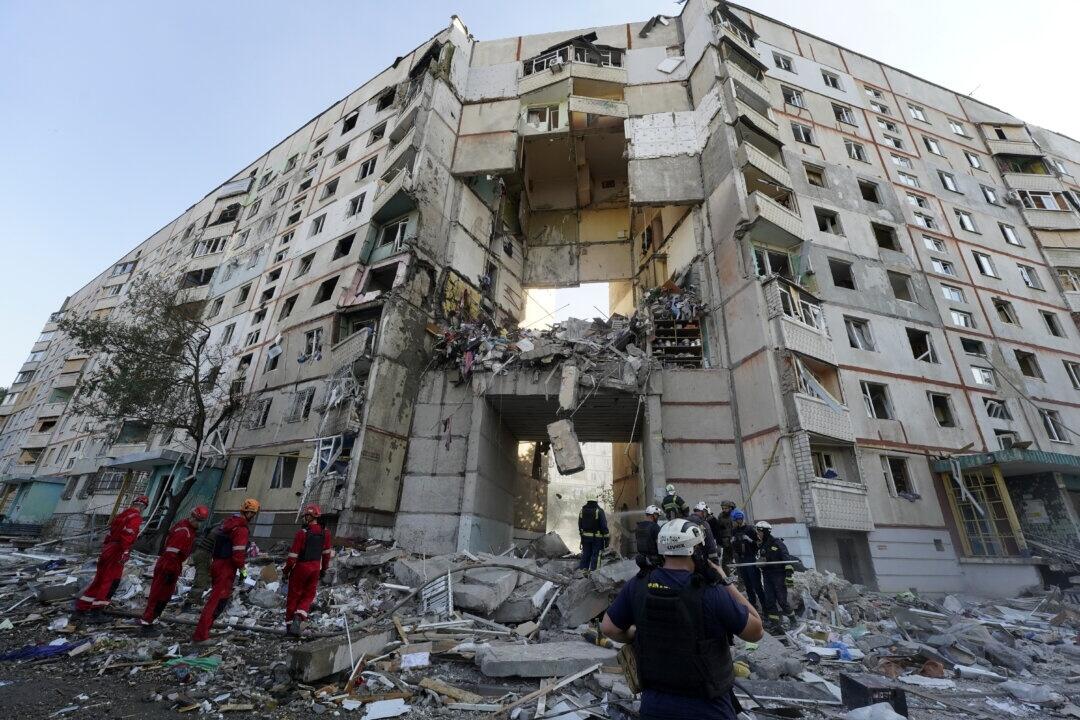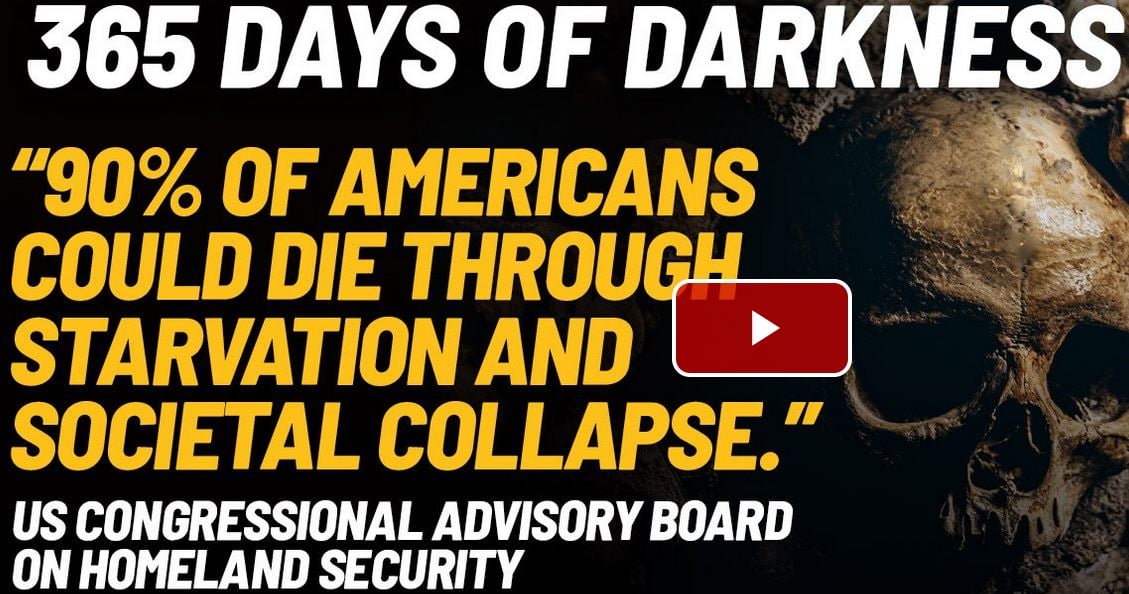Conrad Black: What It Will Take To End The War In Ukraine
Authored by Conrad Black via The Epoch Times,
Since the battle lines are barely moving, and with neither side appearing to be able to finish the war in Ukraine despite triumphalist noises, there is a natural tendency to ask why the war is continuing. The apparent reason is that the Ukrainians still expect to expel the Russians from Ukraine, including the Crimea, and Russia still purports to aspire to the complete absorption of Ukraine back into Russia, where it was for 300 years.
The history of Ukraine and Russia easily generates grievances on both sides.
The Russian version, somewhat incoherently offered on television by Russian President Vladimir Putin the night before Russia invaded Ukraine in February 2022, is that Ukraine was never a country. It was a contested area where Poles, Lithuanians, Russians, and so-called Tatars or Tartars from the Steppes of Asia contested with each other and where the Russian capital was established at Kiev before Russia had any relationship with Western Europe. Ukraine was never a jurisdiction of any kind until Lenin declared it to be a Soviet Socialist Republic in 1919, and, next to Russia itself, the most populous component of the USSR.
Ukraine was subjected to even more barbarities than most states and regions of the USSR by Stalin when, in his zeal to collectivize agriculture, he starved or otherwise massacred millions of independent Ukrainian farmers. Because of Stalin’s brutalities and communist atheism, a large number of Ukrainians welcomed the German invasion of 1941 and a substantial number of them fought in the German army against the Soviet Union. Predictably, Stalin’s vengeance was not gentle.
When the Soviet Union finally imploded in 1991, Ukraine joined all of the other Soviet socialist republics in seceding from the USSR and declaring independence. But given that Russia had exercised sovereignty over all of the European Republics since Peter the Great’s time and the Asian republics for 250 years, Russia considered these wayward entities to be the “near abroad,” by which was meant that their sovereignty was not conceded. Approximately 17 percent of Ukrainians are primarily Russian-speaking, which is an additional reason why Russia claims a status there.
Stalin’s successor as Soviet leader, Nikita Khrushchev, was part Ukrainian, and as a kind gesture awarded Crimea to Ukraine, although it had been Russian since it was taken from the Turks by Catherine the Great in the 18th century. In 2010, a pro-Russian government led by Viktor Yanukovych was elected in Ukraine, and after a pause of several years, reversed Ukraine’s rapprochement with the European Union and reoriented the country to more intimate relations with Russia. This caused the Ukrainian Parliament—following mass protests sponsored to some extent by the West—to remove the president, whereupon Russia annexed Ukrainian Crimea and began skirmishing on the eastern border to seize the Russian-speaking, steel-making provinces adjacent to the Don River.
Following the shambles of the American and allied efforts in Afghanistan, and the general air of enfeeblement of the United States, President Putin executed his grand step to take his historic place with Peter the Great, Catherine the Great, and Stalin as statesmen who expanded the Russian state and the influence of Russia in Europe.
The Western alliance won the greatest and most bloodless strategic victory in the history of the nation-state when the USSR simply fell like a soufflé without a shot being fired. It is understandably Putin’s dream to reverse the demise of his former country; Russia has only approximately one half of the population of the former Soviet Union. It cannot be said that Russia has no colour of right to seek changes to the complete secession of Ukraine. But Putin, in addition to grossly underestimating the military capacity of Ukraine and the determination of the Western Alliance to assist Ukrainians, apparently expected a much more positive welcome for the Russian army from the Ukrainian public than the almost universal resistance, heavily subsidized by the West, that he has received.
He took no notice of the fact that between the seizure of Crimea and his wholesale invasion of Ukraine eight years later, a number of NATO countries including Canada had steadily trained up a total of 500,000 Ukrainians to be able to defend their country, in a way that they had no capacity to do when Russia seized Crimea. Former President Donald Trump had already taken the initiative of supplying the Ukrainians with Javelin antitank missiles, which German Chancellor Angela Merkel had refused to do for the fatuous reason that it would “just increase the bloodshed.” At the outset of the Russian invasion in 2022, President Biden offered the Ukrainian president and his family refuge from the war, and the official American expectation, as expressed by the chairman of the Joint Chiefs of Staff, General Mark Milley, was that Russia would seize Kiev within a few days and occupy the entire country within a month.
It almost immediately became clear that no such outcome was about to occur and there was a spontaneous upsurge of long-departed determination among the principal European NATO allies, quickly joined by the United States and Canada, that Ukraine deserved comprehensive military support, short of the actual commitment of NATO forces. Effectively, NATO has paid practically all the bills for mounting this formidable defence of Ukraine, but the Ukrainians have taken all of the casualties. The likely terms to end the war have been evident for many months: a ceasefire in place, the expansion of Russia to include what it has occupied and been able to retain in Ukraine, and the unqualified recognition of Ukraine in its revised borders as a sovereign state which, when it meets the appropriate criteria, will be eligible for membership in the European Union and in NATO. (NATO and no one else will decide who joins NATO.)
Ironclad guarantees of Ukraine’s revised borders would represent three quarters of a loaf for that country and one quarter of a loaf for Russia, for whom the war is a terrible strain—Russia has taken over 600,000 casualties, and Ukraine approximately 250,000, about a quarter dead in each case, and Russia’s GDP is smaller than Canada’s.
The reason we have not got to this conclusion yet is that the United States hasn’t been pushing for it. The Ukrainian government is prepared to go on with the casualties, so America will fight on with it to the last Ukrainian.
Former President Trump has recognized that in addition to preserving Ukraine and its independence, the goal is to create conditions where a post-war Russia can be gradually enticed out of the arms of China. A durable intimate alliance of those two countries could be strategically dangerous, as well as the practical end of Russia’s independence. For a year after the peace, Ukrainians could move to Russia or the revised borders of Ukraine, and a non-aggression agreement could be made between Russia and NATO.
The end of this war awaits the U.S. election, which will effectively determine the terms.







